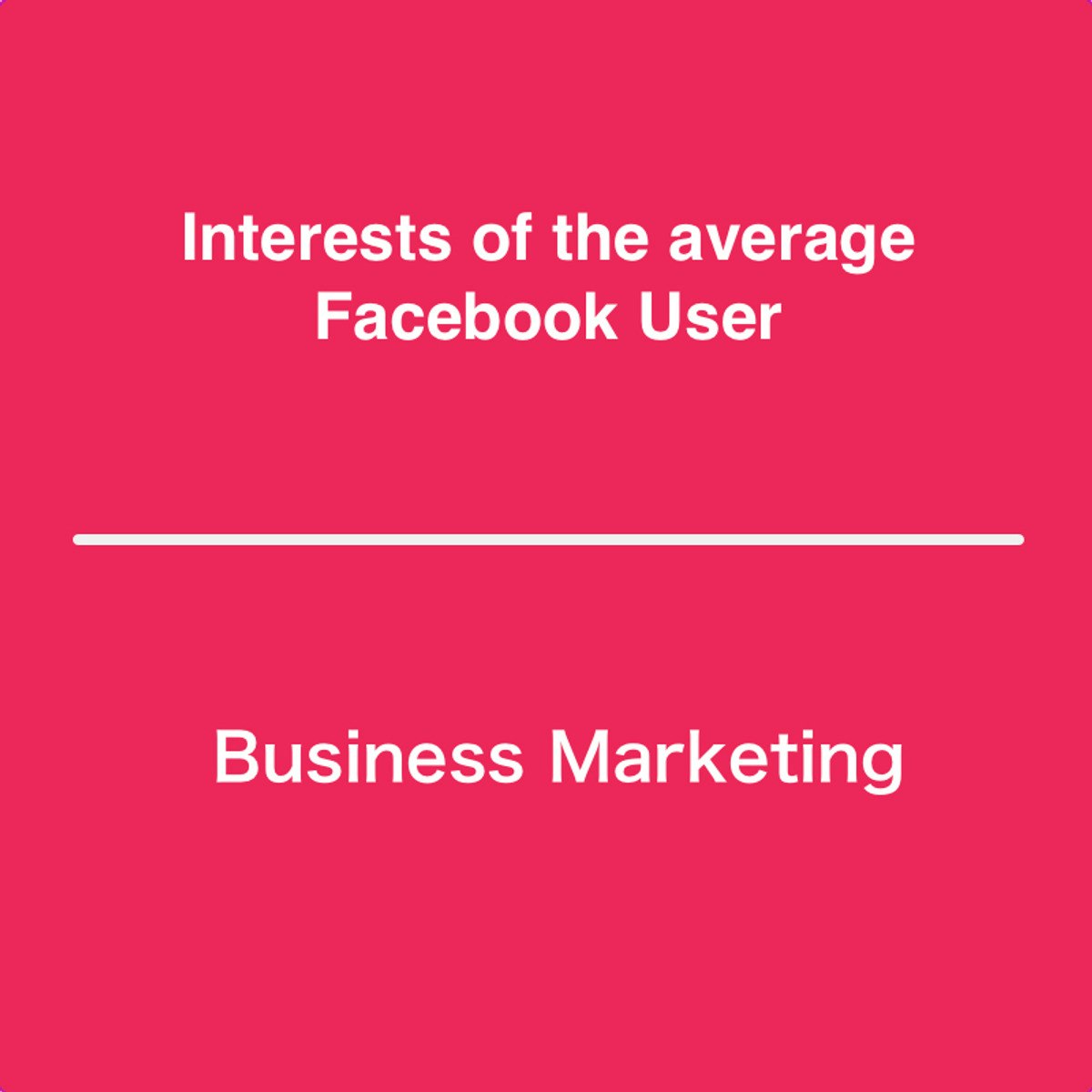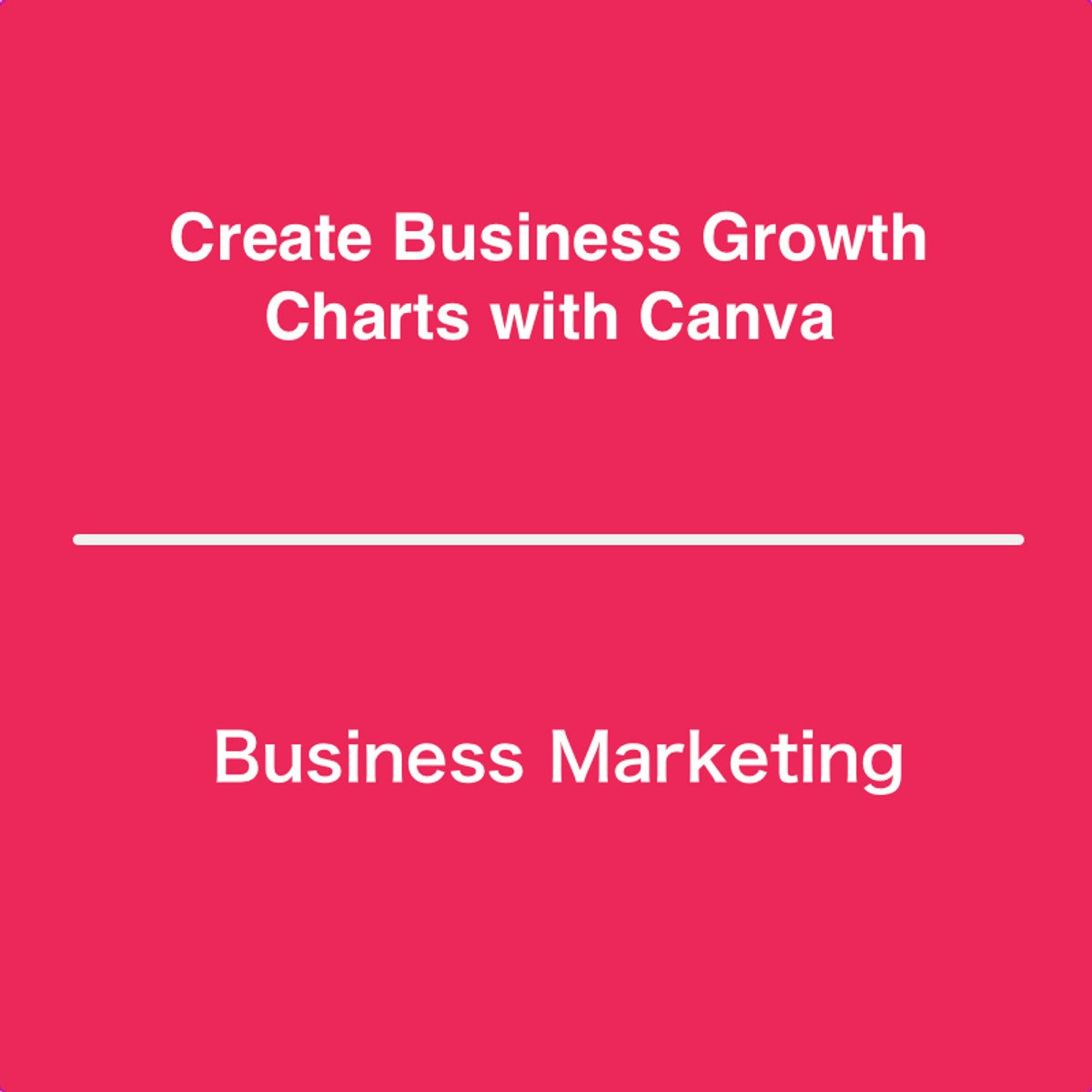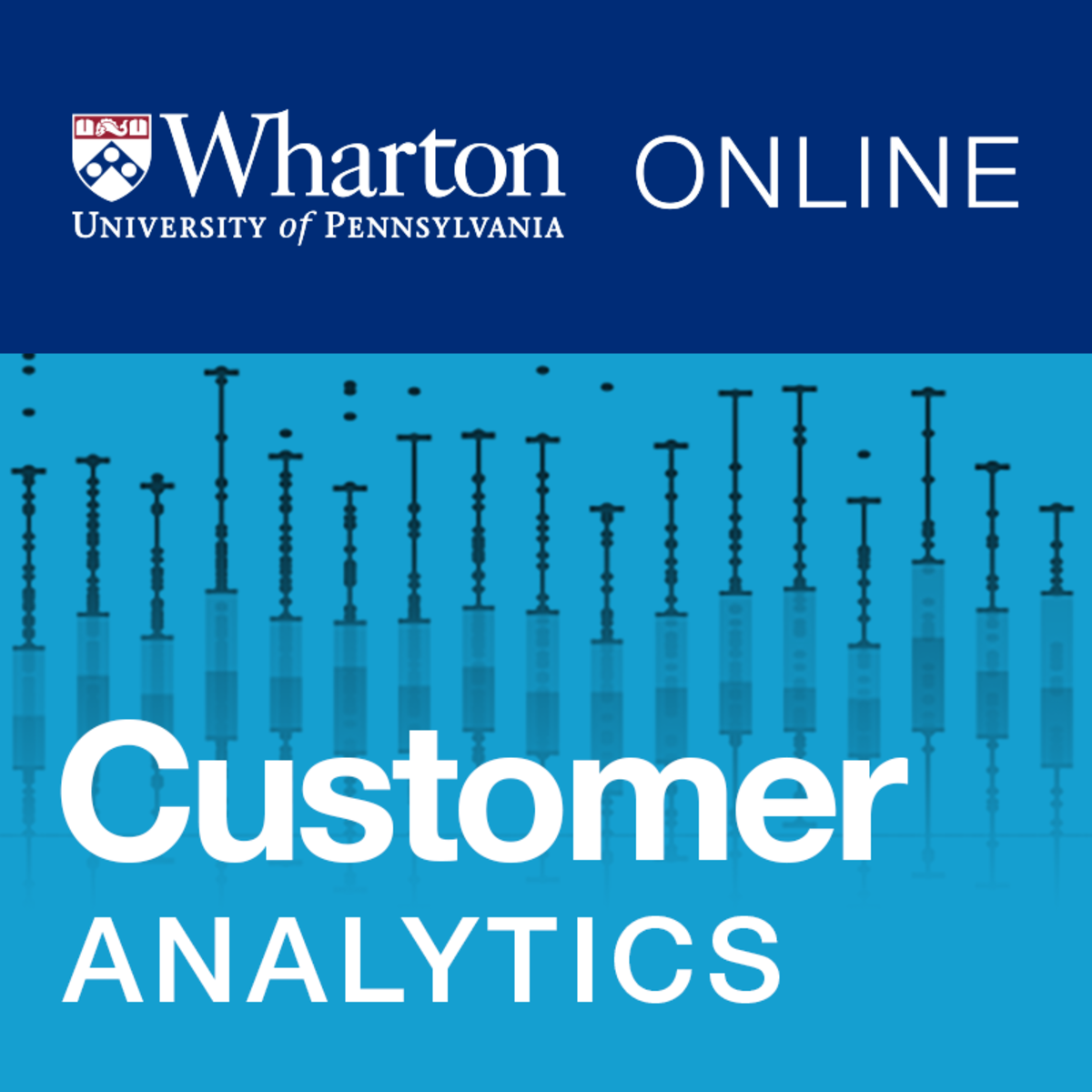Back to Courses









Business Strategy Courses - Page 51
Showing results 501-510 of 543

Design-Led Strategy: Design thinking for business strategy and entrepreneurship
This course is for entrepreneurial managers who are looking for tools and techniques to introduce exciting, innovative products or services to market quickly and informed by high-quality customer insights. It is applicable to a range of organizations from small-medium sized enterprises through to corporates, and across a range of industrial segments.
The problem this course helps address is the constant pressure managers face to be innovative and introduce novel products and services for their customers. However, many creative ideas get ‘stuck’ in the boardroom or are subject to intra-organizational tensions or group think. This course provides methodologies to break through these challenges.
We build on the widely known concept of design thinking but update it and apply it to advance business strategy and entrepreneurship. Over five weeks you will learn what ‘design strategy’ is, how it differs from traditional design thinking and business strategy, and how it can be used to improve existing products or services in your business, or introduce breakthrough ideas.
We will also provide an exclusive, deep-dive into the practical application and impact of these strategies in one of Australia’s newest, most innovative financial institutions, UBank, and the global re-insurance giant, Swiss Re. Through conversations with their Senior Executive Leadership Teams, including UBank’s CEO, we will explore how they have embedded innovation through design thinking. By the end of this course, you will have a set of tools to inform product design and development for your own start-up, or to extend the product roadmap of an established organization.

How To Create Effective Metrics
By the end of this project, you will be able to create effective metrics for a business. You will learn what metrics are, how to create benchmarks, and how to build a system for sharing and evaluating metrics. Excel is a great tool to use if you have plans to adopt a data-driven approach to making business decisions. We will be sharpening our data analysis tools in Excel during this project.
This is a great tool to use if you have plans to use data, analytics, and or metrics to improve your business functions and decision making.
Familiarity with basic business statistics and terms is helpful, but not required.

Learn and design an attractive PowerPoint presentation
In this project you will learn step by step how to design a presentation using PowerPoint 365 aimed at business. At the end of the project you will have the tools and understand the steps to use and modify your PowerPoint presentation slides. You will be able to create a presentation using a specific theme, formatting and text and images and tables that explain in a creative way the topic you will present.

Interests of the average Facebook User
After completing this guided project, no matter if you are launching a new brand or want to optimize the social media strategy for an existing brand, you will be able to better understand and reach your Facebook target audience.
The goal of this project is to get to know and understand the interests of the average Facebook user. By achieving this goal, it will be possible to create a promising marketing strategy and to reach your target audience on Facebook.
The objective of social media marketing is to find creative ways to attract the attention of users for its products and services, many times on a lean marketing budget.
Today, you will first create a Facebook Business Page Account. We will then use Google Slides to create a Persona Slide , which will serve you as a template for future Facebook target group analysis .
Later, I will introduce you to Facebook Insights. Facebook Insights is one of the most powerful Facebook marketing analytics tools available.
When you dive into your Facebook Insights, you’ll receive a wealth of data to help you understand more about your Facebook Page and your target audience.

Create Business Growth Charts with Canva
By the end of this project, you will learn how to create business grow charts from scratch using the free version of Canva. You will build three different charts : a bar chart, a line graph and a donut chart to represent business growth. Business growth is the improvement of some part of the success of an enterprise. Business growth takes place in raising revenue as well as cutting overhead.
You will be able to incorporate a color scheme, different charts, and other design elements for aesthetically pleasing and value added business marketing collateral. We can use Canva to complete this project because it provides all the tools you need to create an organized and visually appealing product while offering a variety of options for sharing and collaboration. You will learn how to plan and organize your ideas and utilize graphic design tools as you create chart templates for your future projects.
This project will include intermediate to advanced level skills using the free version of Canva.
Note: This course works best for learners who are based in the North America region. We’re currently working on providing the same experience in other regions.

Customer Analytics
Data about our browsing and buying patterns are everywhere. From credit card transactions and online shopping carts, to customer loyalty programs and user-generated ratings/reviews, there is a staggering amount of data that can be used to describe our past buying behaviors, predict future ones, and prescribe new ways to influence future purchasing decisions. In this course, four of Wharton’s top marketing professors will provide an overview of key areas of customer analytics: descriptive analytics, predictive analytics, prescriptive analytics, and their application to real-world business practices including Amazon, Google, and Starbucks to name a few. This course provides an overview of the field of analytics so that you can make informed business decisions. It is an introduction to the theory of customer analytics, and is not intended to prepare learners to perform customer analytics.
Course Learning Outcomes:
After completing the course learners will be able to...
Describe the major methods of customer data collection used by companies and understand how this data can inform business decisions
Describe the main tools used to predict customer behavior and identify the appropriate uses for each tool
Communicate key ideas about customer analytics and how the field informs business decisions
Communicate the history of customer analytics and latest best practices at top firms

Visionary leadership, identity & motivation: Become a meaning maker
When faced with a complex and ambiguous work environment, how do you, as a potential leader, envision the future? How can you deliver on your vision in a way that conveys meaning and drives positive change within your organisation? In this course you will explore how leaders can create a compelling vision and communicate it, and how they create meaning and make work more meaningful. You will look at the role the brain and the body play in processing meaning, and how this can inspire your employees to follow you and your vision. This course will also teach you how to develop meaningful brand identity and the role it can play in clarifying and reinforcing your leadership vision within your organisation, for your partners and for your customers. You will discover that meaning crosses into almost every aspect of management. Finally, you will better understand how social and cultural factors can influence what you can achieve and your limitations when seeking to create meaning.

Overview of Connected Planning
Connected Planning is a technology-enabled approach to business planning that transforms the way organizations use their data, people, and plans. Decision makers, and ultimately the entire organization, plan and pivot with confidence when faced with changes, whether in an organization, the marketplace, or even the global economy.
From this Introduction to Connected Planning, you’ll understand its history in business modeling and scenario planning, the trends that make it essential to business success today, and the measurable impact that Connected Planning has had on organizations.
By the end of this course, you’ll be able to:
• Describe the key characteristics of Connected Planning
• Understand the history of Connected Planning and its roots in business modeling and scenario planning
• Explain why current events and trends are leading many organizations to adopt Connected Planning
• Articulate the benefits of Connected Planning
This course is presented by Anaplan, provider of a leading technology platform that is purpose-built for Connected Planning.

Models & Frameworks to Support Sales Planning
Welcome to Course 3 - Models & Frameworks to Support Sales Planning – In this course, you’ll go through a conceptual approach to selling models and frameworks.
As a primary learning outcome of this course, we emphasize the improvement in the analytical competencies and skills to develop sales planning and management. And the learning process goes through the application of the models and frameworks that contribute to supporting these processes.
This course is aimed at professionals who seek improvement in conceptual support to the sales planning process, especially with an emphasis on applying selling models and frameworks methodology.
At this point of the Strategic Sales Management specialization, you have an excellent understanding of the integration of sales planning to the strategy of the company. You also have a vision of major prescriptions and recommendations to support this integration, and proceed to strategic sales planning by applying intelligence analysis.
Now, in this course, selling models and frameworks will be discussed, from a conceptual standpoint to add methodological structure into the sales planning process. Therefore, throughout the modules of this course, the subjects discussed will include topics of sales management (module 1), the selling models and frameworks (module 2) that support sales planning, which relates to the hard skills that may be applied.
In the third module of this course, soft skills are brought to the discussion, since they comprise an essential component because sales functions include many aspects of the human interactions.
Please follow the steps of the course, and for academic objectives, we would recommend you to do it in the sequence of modules proposed, though you may take them in a different order.
We look forward to having you during the course modules and lessons.

Bridging the Gap between Strategy Design and Delivery
Remember to get your voucher before starting the course to earn your Brightline® Initiative certificate using this link: https://www.coursera.org/promo/brightlinepromo.
In today’s competitive business environment, organizations are facing unprecedented levels of change and disruption. Only 1 out of 10 executives based on a global survey admit that their organizations successfully deliver all of their strategic initiatives. This course will help you as a leader of your organization to bridge the costly and wasteful gap between strategy design and delivery.
You will learn how external and internal factors impact the organizations’ capability to implement strategies. You will understand Brightline’s 10 Guiding Principles and see how these can help bridge the strategy-implementation gap based on real-world examples from the profit-, non-profit- and government sectors. We bring you interviews from global leaders and experts to share their experiences and examples in strategy implementation. You will also analyze a fictional case and create a strategic action plan following the Brightline’s 10 Guiding Principles.
After completing this course, you will comprehend how the 10 Guiding Principles can address and resolve your organization’s challenges to successfully achieve its strategic goals.
Popular Internships and Jobs by Categories
Browse
© 2024 BoostGrad | All rights reserved


